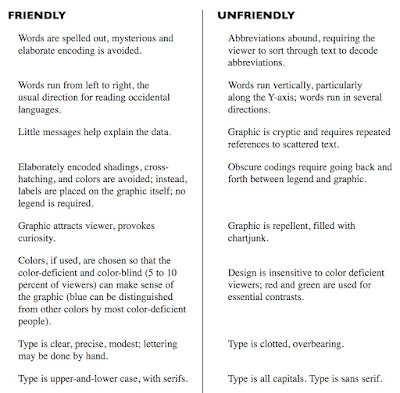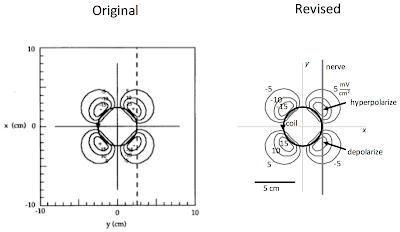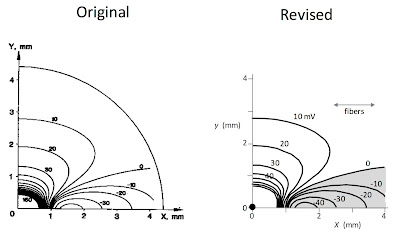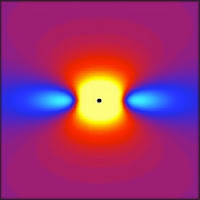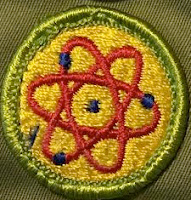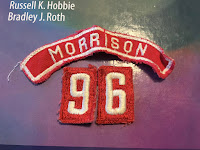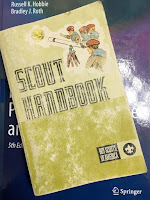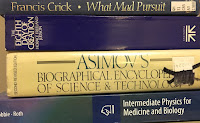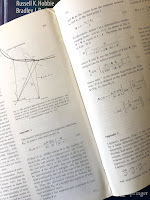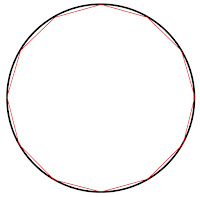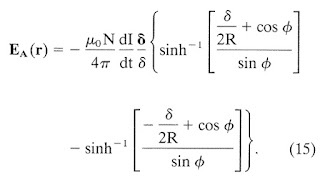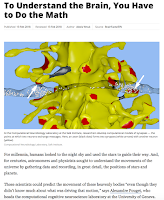 |
| Life Atomic, by Angela Creager. |
At the close of World War II, the nuclear detonations over Hiroshima and Nagasaki demonstrated the devastating power of the atom. As Americans became aware of their country’s secret development of nuclear weapons, the US government swiftly turned attention to the peaceful benefits of nuclear knowledge. Foremost was harnessing the energy of atomic fission for electrical power and transportation, but these applications would require time and technology to realize. Another by-product of atomic energy, however, was ready immediately. Nuclear reactors could be used to generate radioactive isotopes—unstable variants of chemical elements that give off detectable radiation. Scientists began using radioisotopes in biomedical experiments two decades before the atomic age, but their availability remained small-scale until nuclear reactors were developed for the bomb project. In planning for postwar atomic energy, leaders of the Manhattan Project proposed converting a large reactor at Oak Ridge, part of the infrastructure for the bomb project, into a production site for radioisotopes for civilian scientists. The US Atomic Energy Commission (AEC) inherited this plan and oversaw an expansive program making isotopes available for research, therapy, and industry. This book is an account of the uses of radioisotopes as a way to shed new light on the consequences of the "physicists’ war" for postwar biology and medicine.Creager develops an interesting analogy between radioisotopes as tracers for following biochemical pathways, and her use of radioisotopes to trace the history of twentieth-century science.
...Life Atomic uses radioisotopes as historical tracers, analyzing how they were introduced into systems of scientific research, how they circulated, and what new developments they enabled. I analyze the movement of radioisotopes through government facilities, laboratories, and clinics, both in the United States and around the world, as a way to make visible key transformations in the politics and epistemology of postwar biology and medicine.My favorite chapter in Life Atomic was "Pathways." It considered two case studies: The Hershey-Chase experiment (which I discussed before in this blog) and the use of radiocarbon to sort out the chemical reactions during photosynthesis. In this post, I focus on the photosynthetic research.
“[Berkeley chemist Melvin] Calvin became an early purchaser of Oak Ridge [radioisotope] carbon-14... [that allowed] Calvin’s group to isolate the earliest, fleeting products of carbon dioxide fixation. [Calvin’s collaborator Andrew] Benson devised an ingenious piece of glassware, nicknamed the ‘lollipop,’ holding the culture suspension [of single-celled green algae Chlorella] into which 14C-labeled CO2 could be injected. A glass tube went into the top of the lollipop, enabling air to be bubbled in while the culture was exposed to light. This would allow photosynthesis to occur at an active rate. Then the bubbler would be removed, the remaining air would be flushed out with nitrogen, and…the flask would then be sealed and shaken in the light, as the radiolabeled carbon was taken up. At the end of a predetermined period of time, from seconds to minutes, the researcher would then drain the suspension into boiling ethanol to kill the cells...Radioactive tracers played a key role in mid-20th-century biology. Their use is not as common in biological research today, but they are still important in medicine. To learn more, listen to Creager talk about the history of radioisotopes in science and medicine.
The next step was analysis of the radioactive contents of the Chlorella. Assuming all of the assimilated carbon dioxide entered the photosynthetic pathway, every metabolic intermediate of the reduction from CO2 to sugar should be labeled. Limited progress was made in the first few years identifying the labeled intermediates…
[One] challenge was simply to identify the labeled compounds... Initial studies relied on traditional techniques of chemical extraction and analysis, but in 1948 collaborator William A. Stepka of the Department of Plant Nutrition introduced a newer separation method, paper chromatography, which could distinguish the groups of chemically similar radiolabeled compounds. Researchers separated the algae juices using two different eluting fluids in sequence, along two perpendicular sides of the paper. Different chemical compounds migrated in the two-dimensional space as discrete spots. Exposing the paper chromatogram to medical x-ray film enabled the researcher to pinpoint the radioactive compounds…
By comparing autoradiograms from short exposures of carbon dioxide to those of longer exposures, a researcher could follow the appearance of radioactivity in new compounds. The appearance of these new spots over time revealed the chemical transformations involving the labeled carbon as it proceeded down various metabolic pathways, including—and especially—that for photosynthesis…
By 1958 Calvin and his remaining coworkers had elucidated each step in the pathway and composed what became an eponymous schematic diagram of interlocking cycles.”
Listen to Angela Creager talk about the history of radioisotopes in biology and medicine.
https://www.youtube.com/watch?v=w9F5VSTjsxE
https://www.youtube.com/watch?v=w9F5VSTjsxE
